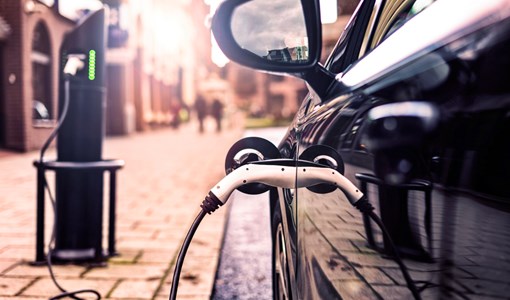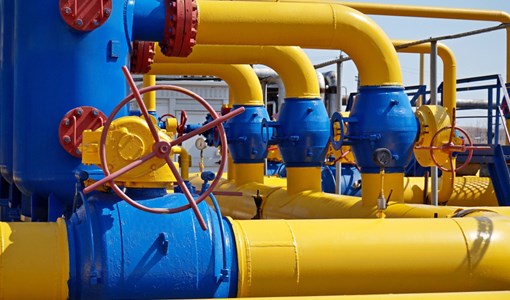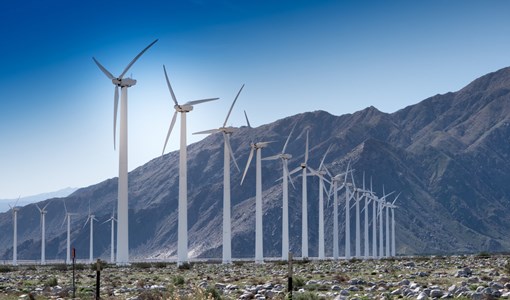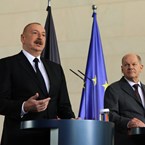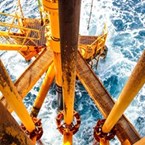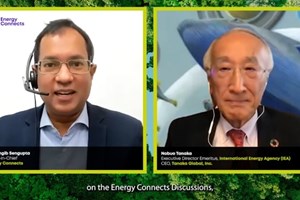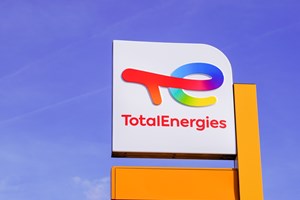Explained: why Europe and the UK are in a rush to exit the Energy Charter Treaty
Thirty years after it was enacted, European Union countries have agreed to jointly quit an international energy treaty that for some was considered too protective of fossil fuel investments.
Officials said the decision, announced on Thursday, comes over concerns the Energy Charter Treaty (ECT) undermines efforts to fight climate change. In February the UK also signaled its intention to exit over what it said was a failed modernisation process.
What is the Energy Charter Treaty?
The ECT was introduced in 1994 to promote international investment in the energy sector by providing protection for investors in fossil fuel projects.
But it has arguably not moved with the times. The legislation actually has allowed energy companies to sue governments over policies that damage their investments, and has in recent years been used to challenge moves that require fossil fuel plant closures.
Why is it seen as controversial?
The Treaty is viewed as the most litigated of all investment protection agreements, with claims for damages frequently running into hundreds of millions of dollars. Hence, the often-debilitating threat of legal proceedings has been known to result in state inaction on climate policy, or ‘regulatory chill’ - and that ultimately means contracting states risk falling behind on net-zero ambitions.
Has the treaty failed to be in alignment with climate goals?
There were proposals to modernise the ECT in the wake of the Paris Agreement. These called for better support for countries seeking to introduce cleaner technologies and aimed to remove risk for investors initiating ISDS arbitrations against contracting nations.
Such as, for example, the former felt a state-backed move towards greener technologies had failed to treat the investor fairly and equitably - or may have unlawfully expropriated an investment - leading to an adverse impact on the value of their investment.
How has the redressal process been for the treaty?
One case saw Italy ordered to pay compensation of about €200 million to oil company Rockhopper for refusing an offshore drilling permit. Italy is no longer in the ECT.
Meanwhile, German energy firm RWE demanded €1.4 billion from The Hague to compensate for losses suffered by a thermal power plant affected by Dutch anti-coal regulations, although later it withdrew the claim.
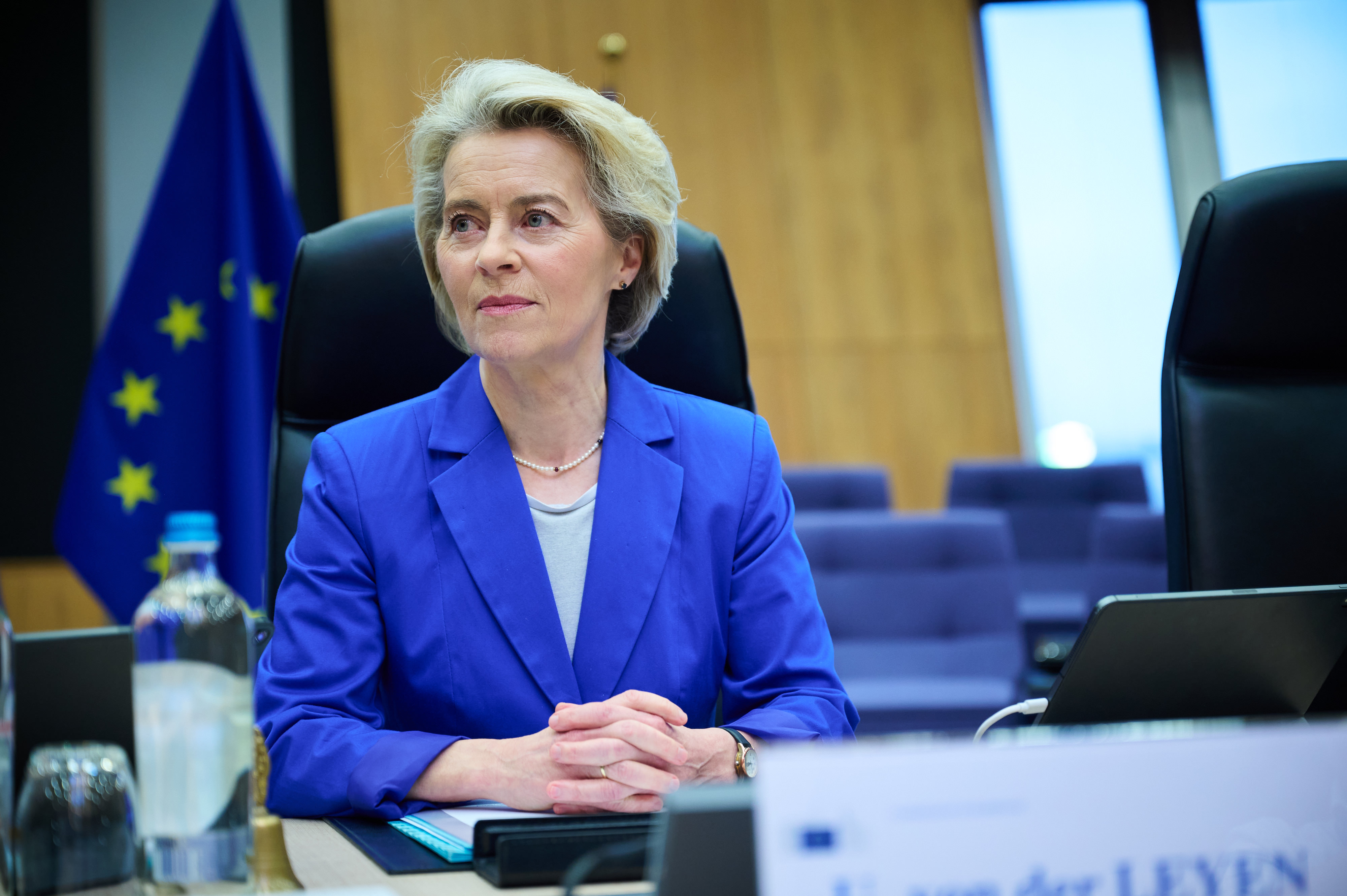
Why did EU ministers agree to exit the ECT?
In the absence of modernised text that would avoid opportunistic claims and gradually exclude fossil fuels, ministers from EU countries agreed to exit the treaty at a meeting in Brussels.
This came after the European Commission last July proposed that the EU, together with its member states and Euratom, the European Civil Nuclear Organisation, “withdraw in a coordinated and orderly manner” from a treaty deemed “incompatible with Europe’s climate ambitions.”
Member states including Denmark, France, Germany, Luxembourg, Poland, Spain and the Netherlands announced plans to quit, with most citing climate change concerns.
What happens next?
Thursday’s formal adoption move will now go to the European Parliament to seek lawmakers’ consent - something viewed as highly likely, the EU assembly having previously urged it to leave the treaty.
Another jointly adopted proposal, however, leaves open the possibility for countries that wish to do so to approve the “modernisation” of the treaty at a future conference of the organisation, and remain members of the amended treaty.
Why did EU countries sit on the decision?
EU countries had delayed their exit decision as some states, such as Cyprus and Hungary, were keen to remain. And others were concerned that efforts to modernise the ECT would go to waste with their departure.
In a bid to soothe those worries, the EU proposed last week that before leaving, EU countries should allow reforms to pass - and that proposal appears to have unlocked a deal. EU countries will approve the proposal to accept treaty reforms in May, a source in Belgium’s presidency of the EU, which will organise the talks, is reported to have said.
Around 50 signatories to the treaty agreed the reforms last year, but they had little chance of coming into force without the EU’s green light.
What are the key reforms proposed to revive the ECT?
One of the key reforms is the reduction to 10 years from 20 of the period energy firms from non-EU signatories such as Japan and Turkey would enjoy protection of existing investments in the bloc.
On the withdrawal news, the NGO Can Europe welcomed the “derailment of a treaty that protects corporate polluters,” which allows them “to sue governments for their climate action and disrupt a just energy transition.”

What does the withdrawal mean for investors?
In the UK, any protections under the ECT for new energy investments in the country will cease one year from the date of formal notification of withdrawal.
Yet, more broadly, there is also discussion around the ECT’s Article 47.
Also known as the sunset clause - and not mentioned in Thursday’s announcement - it currently provides that provisions of the Treaty will continue to apply to existing investments for a period of 20 years from the date of withdrawal.
Some investors, therefore, will sense continued, long-lasting protection.
That is in spite of criticism that has, in turn, prompted the European Commission to draft an inter se agreement that seeks to, but may never successfully, challenge the position of those investors. It seems exiting the effects of the ECT could be easier said than done.
KEEPING THE ENERGY INDUSTRY CONNECTED
Subscribe to our newsletter and get the best of Energy Connects directly to your inbox each week.
By subscribing, you agree to the processing of your personal data by dmg events as described in the Privacy Policy.
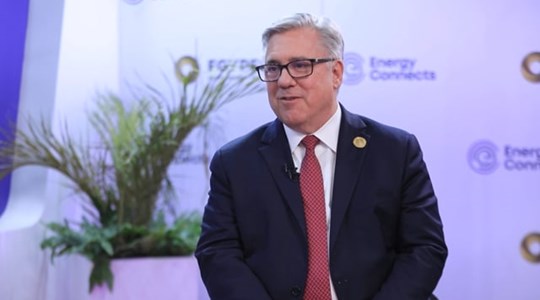
Chevron helping drive Egypt’s journey to become Africa’s energy powerhouse
Mar 11, 2024
Energy Workforce helps bridge the gender gap in the industry
Mar 08, 2024
EGYPES Climatech champion on a mission to combat climate change
Mar 04, 2024
Fertiglobe’s sustainability journey
Feb 29, 2024
P&O Maritime Logistics pushing for greater decarbonisation
Feb 27, 2024
India’s energy sector presents lucrative opportunities for global companies
Jan 31, 2024
Oil India charts the course to ambitious energy growth
Jan 25, 2024
Maritime sector is stepping up to the challenges of decarbonisation
Jan 08, 2024
COP28: turning transition challenges into clean energy opportunities
Dec 08, 2023
Why 2030 is a pivotal year in the race to net zero
Oct 26, 2023Partner content

Ebara Elliott Energy offers a range of products for a sustainable energy economy

Essar outlines how its CBM contribution is bolstering for India’s energy landscape

Positioning petrochemicals market in the emerging circular economy

Navigating markets and creating significant regional opportunities with Spectrum





